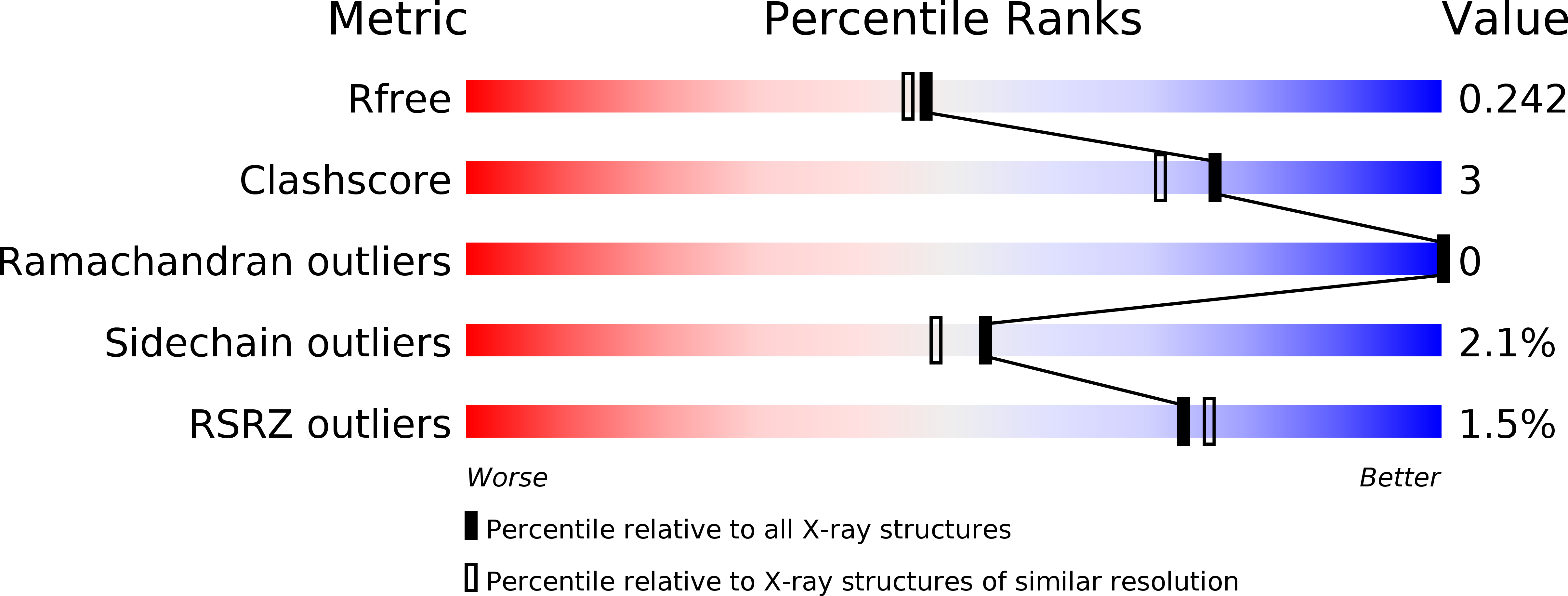
Deposition Date
2009-10-09
Release Date
2010-03-09
Last Version Date
2024-02-21
Entry Detail
PDB ID:
3K6T
Keywords:
Title:
Crystal structure of the GLD-1 homodimerization domain from Caenorhabditis elegans at 2.04 A resolution
Biological Source:
Source Organism:
Caenorhabditis elegans (Taxon ID: 6239)
Host Organism:
Method Details:
Experimental Method:
Resolution:
2.04 Å
R-Value Free:
0.24
R-Value Work:
0.19
R-Value Observed:
0.20
Space Group:
P 21 21 21


